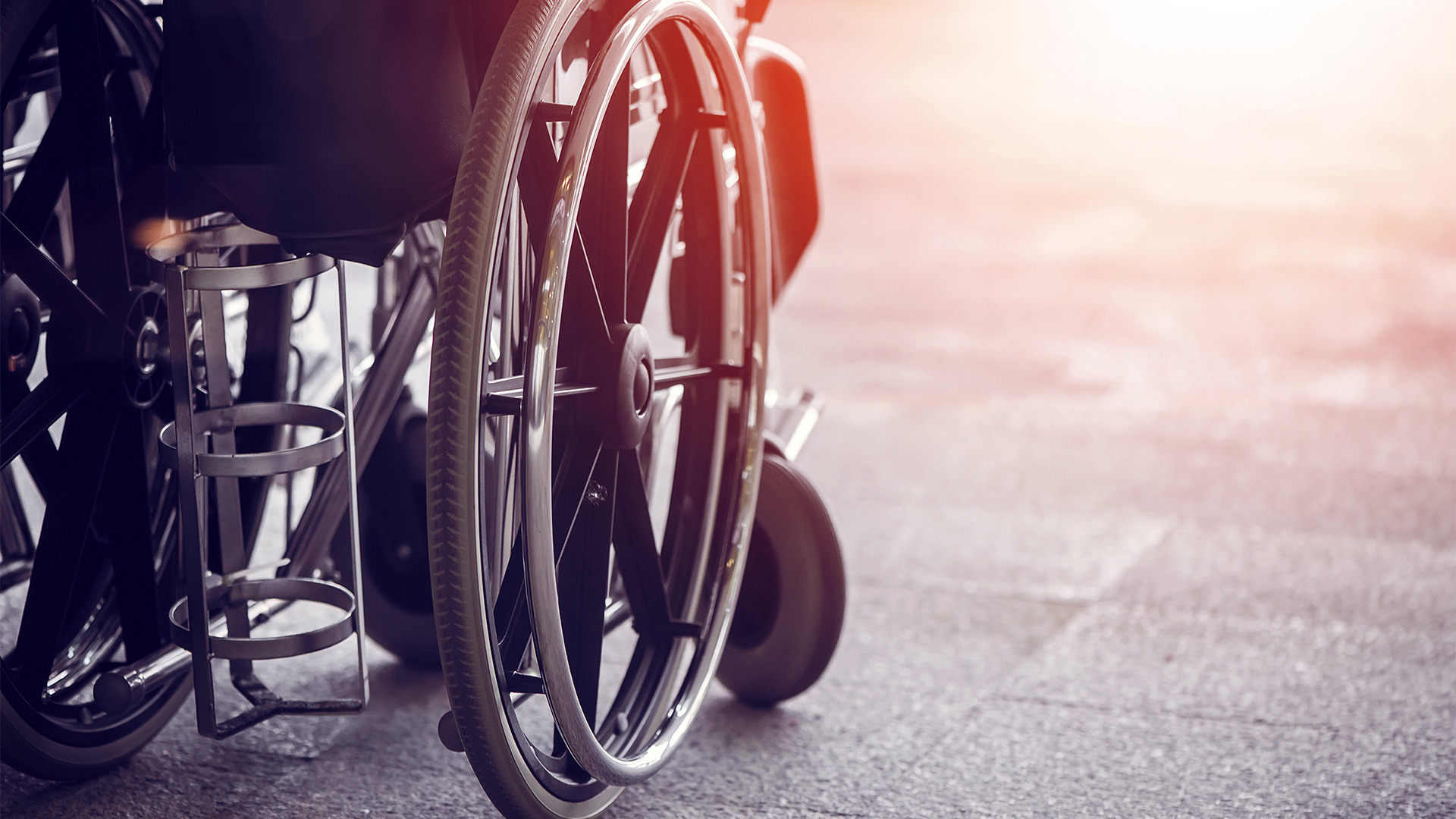
Mastering Pressure Injury Prevention: A Clinician’s Guide to Wheelchair Seating
The human body was not designed to rest in one position for extended periods, especially when that position is seated on a chair. We are meant to move and adjust often to maintain healthy circulation; when we can't, the body isn't happy. Pressure sores may develop in areas where muscle and fat are thin or where bony protuberances exist. Given how dangerous pressure sores are when they go untreated, this is not an acceptable state of affairs.
Yet dealing with pressure sores is a constant battle against which any clinician must fight. Individuals often have challenges with active daily living from a wheelchair, let alone dealing with the complexity frequently posed by pressure sore treatment and prevention. The obvious answer is to provide wheelchair seating that doesn't require much adjustment or manipulation outside the doctor's office.
While obvious, however, this goal is not necessarily easy to achieve. Without the right technology to help you achieve it, your patients may remain at risk forever.
Proper Wheelchair Seating: Top Goal for Clinicians
That's where the technology to help you assess and implement proper wheelchair seating comes in. With the right cushioning, you can reduce pressure ulcers, ensure adequate back support, and increase the chances that your patients will stay healthy when out of sight.
To understand how this works, let's examine the goals and challenges of wheelchair seating and how pressure mapping prevents injuries. Lastly, we will examine how continuous skin monitoring products can help detect building pressure and signal needed adjustments to avoid pressure ulcers.
Goals of Wheelchair Seating
The overarching goal of any wheelchair is to get a person from A to B as conveniently as possible, which is the best way to normalize their movement and life. You want to do this without causing or increasing injuries. Therefore, the goals of any clinician when providing devices meant to accommodate disability include the following:
- Pressure injury prevention;
- Seat cushion evaluation and selection;
- Comfort and proper posture;
- Personalized care and treatment;
- The ability to update seating options over time; and
- Patient education and training.
To best serve the latter goal, the clinician conducts regular wheelchair assessments, educates and trains wheelchair users, family members, and other clinicians in training, addresses existing injuries, and works toward proper positioning at all times.
Unfortunately, several challenges stand in the way of these goals.
Challenges of Wheelchair Seating
Sadly, wheelchairs are not as intuitive as we'd like. While they might sound intuitive (a chair on wheels), any doctor, nurse, or specialist knows this isn't the case. The number and complexity of wheelchair components, coupled with the sometimes devastating consequences of bodily asymmetries, means it can be quite difficult to ensure they meet patient needs. This is especially true when individuals lack the sensation (pressure and pain) that might alert another person to improper positioning.
Worst of all, clinicians have a limited amount of time to see patients. They often cannot dig deep into the issues that result in pressure sores to determine the root causes or train the patient on how to avoid them.
The good news is a pressure mapping system can go a long way toward injury prevention.
Pressure Mapping for Injury Prevention
What is a pressure mapping system? This technology allows you to create a visual or data-based picture of where the highest and lowest pressure points are distributed across the body, precisely where they contact another surface – in this case, the wheelchair support surface. It works via a simple multi-step process:
- Place a mat embedded with thousands of pressure-sensitive sensors across the surface to be tested, whether that's the bottom, back, or side of the wheelchair (or a combination).
- Invite the patient to sit in the chair or help them to it, positioning them over the mat.
- Take readings of places where pressure is highest, most commonly associated with bony protuberances or asymmetries in the body or its position in the chair.
- Watch the system create a "map" of high, medium, and low-pressure areas (colour-coded red/orange, yellow, and green/blue for easy reading) to see where the problem lies.
- Adjust cushioning as necessary, either by simply moving it in the chair or by ordering custom products.
- Take readings again to determine whether pressure has been relieved on those parts of the body. If not, make additional adjustments to help relieve current injuries and prevent new ones.
- Continue to track patient health and progress over time.
While these steps may feel extensive at first, they quickly become a repeatable routine about which our clients don't have to think anymore. They use the system to address patient needs quickly and compassionately, using a science-based approach that engenders trust and good results.
Plus, the system is five times more sensitive than others. It's wirelessly connected to a tablet loaded with companion software, measures ±5% accuracy, and boasts almost 1,300 sensing points.
Continuous Skin Monitoring Products for Clinicians
XSENSOR's Continuous Skin Monitoring solutions help ensure you never have to wonder how to help your patients again. With our systems, you can easily assess wheelchair occupant health and safety, creating extremely precise images and reports of where pressure is highest. With this information, you can make adjustments to positions and cushioning and track how well they work to ameliorate problems.
Our sensor-based hardware and software seamlessly capture extremely granular data in real-time without recalibrating for every data run. Once you implement our system, you can forget about it and focus on the patients that matter. Stop fearing elevated pressure and start doing something about it today.
Want to learn more about wheelchair seating options? All you have to do is get in touch!
